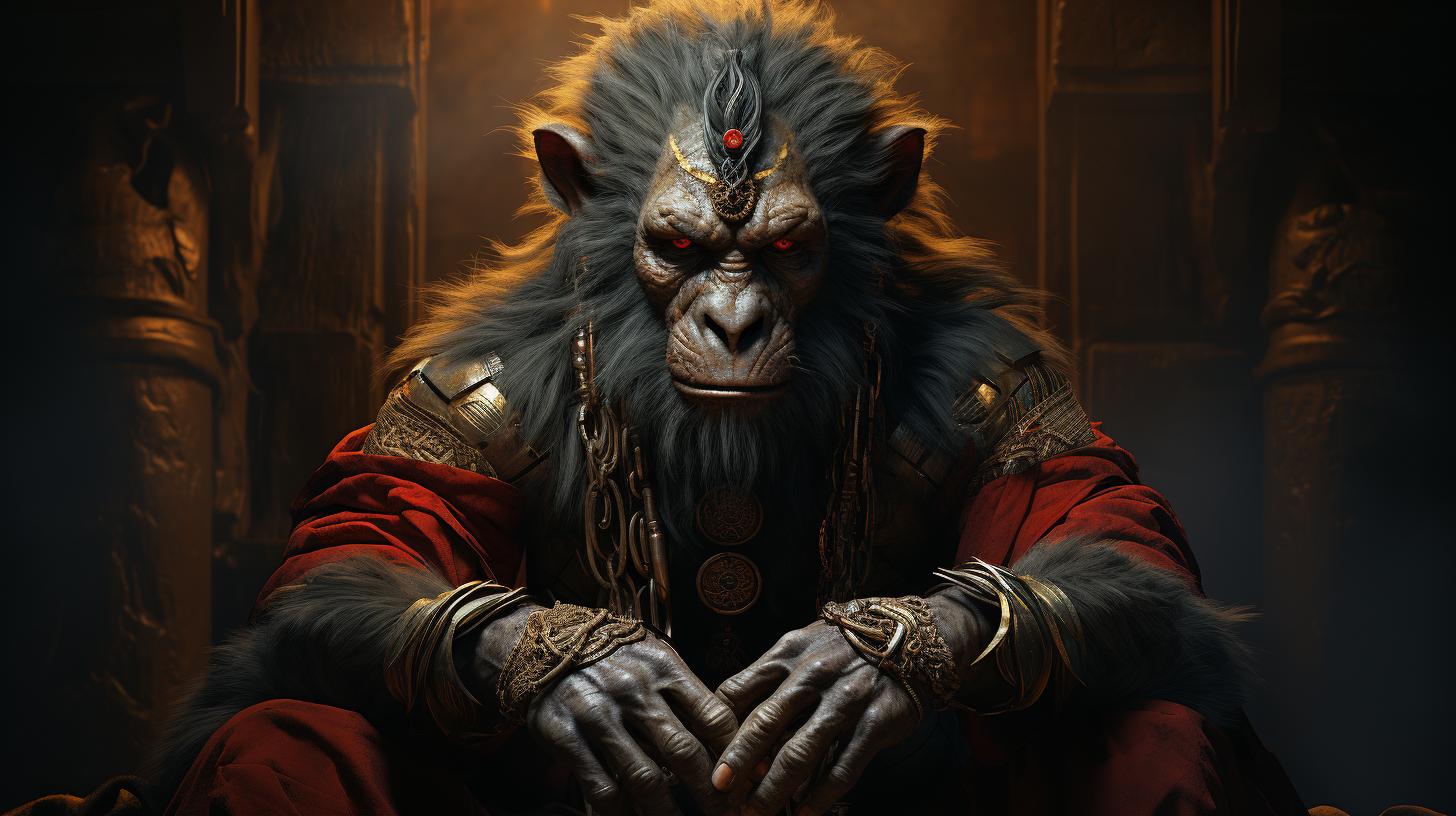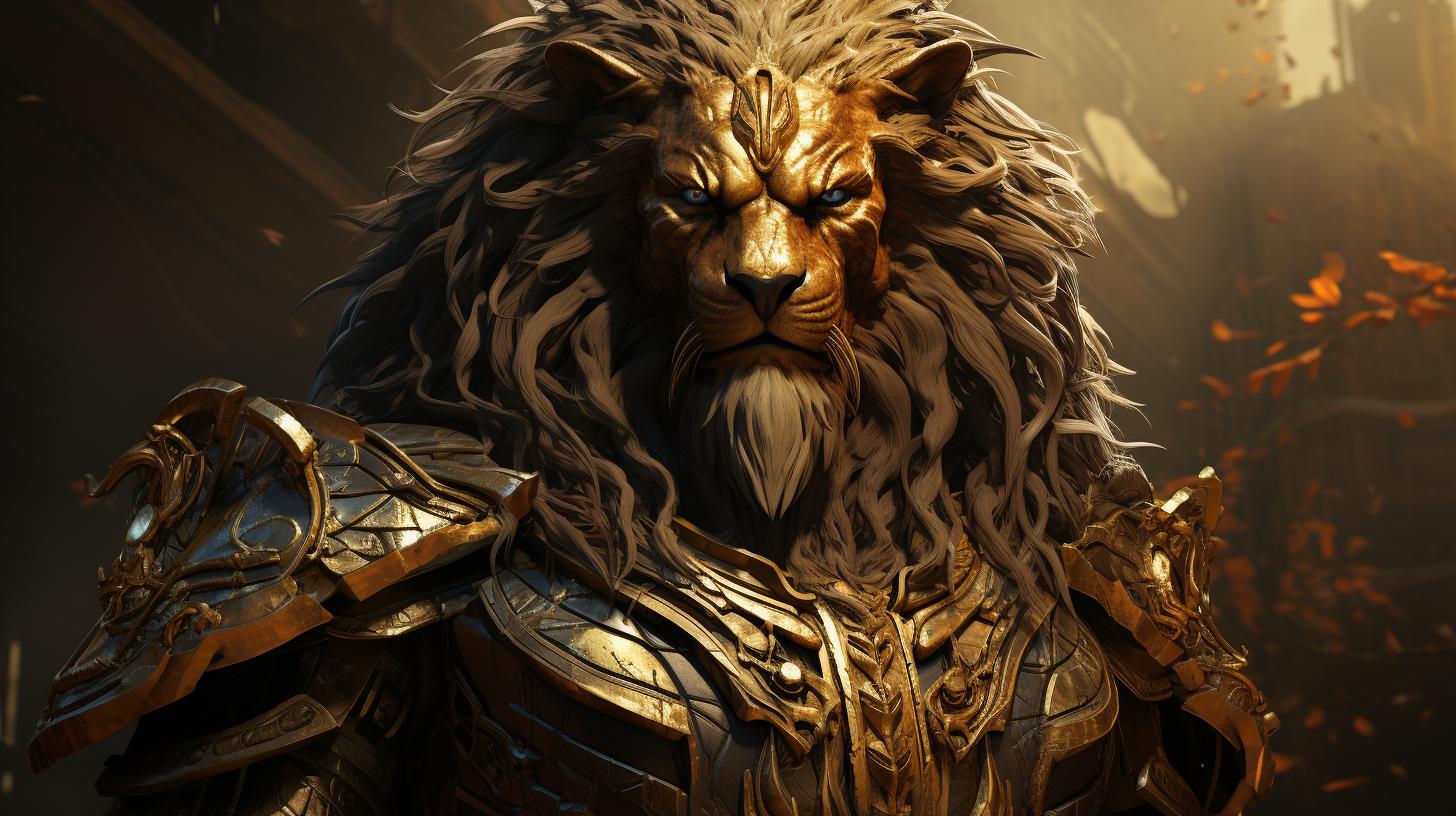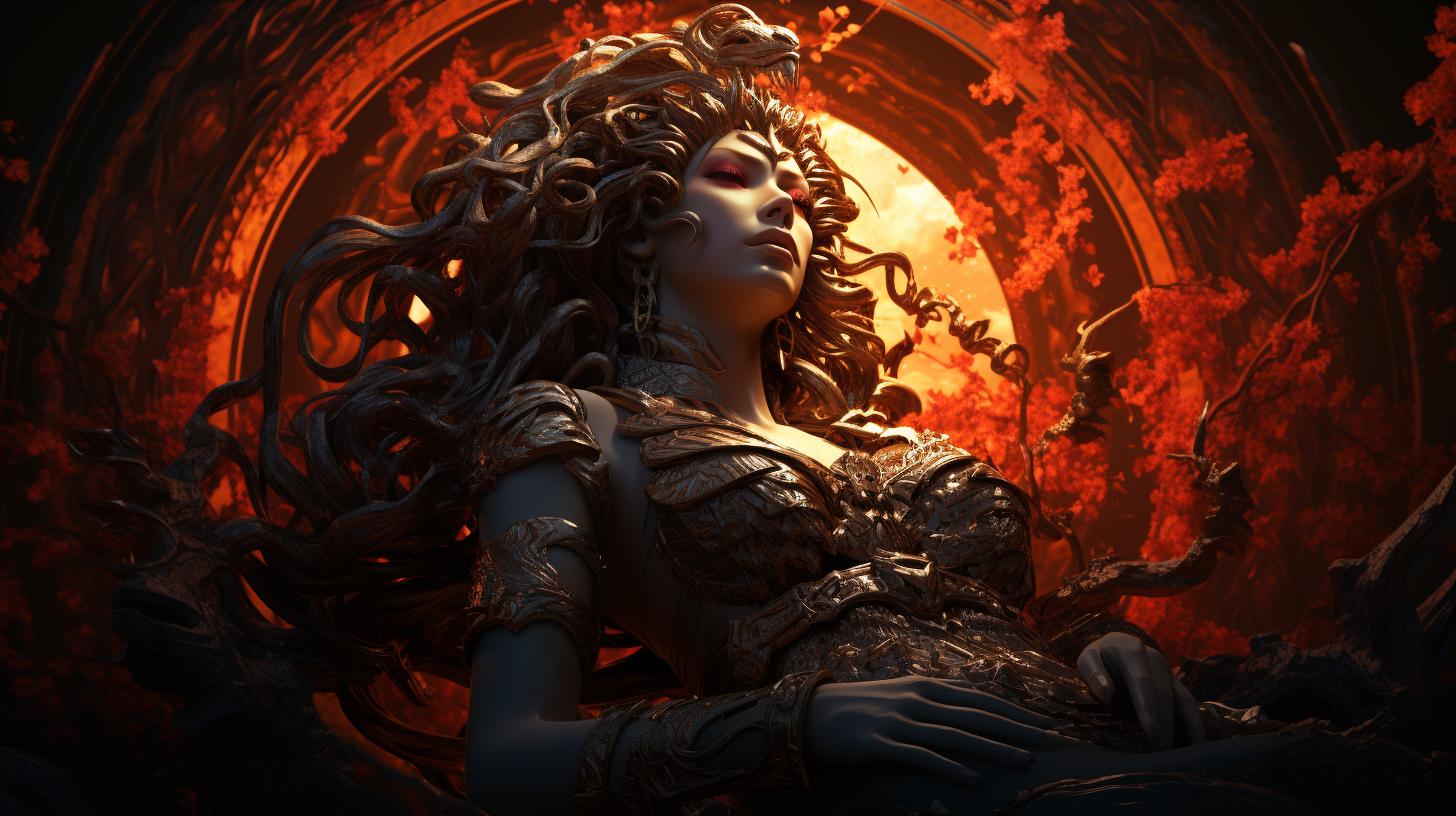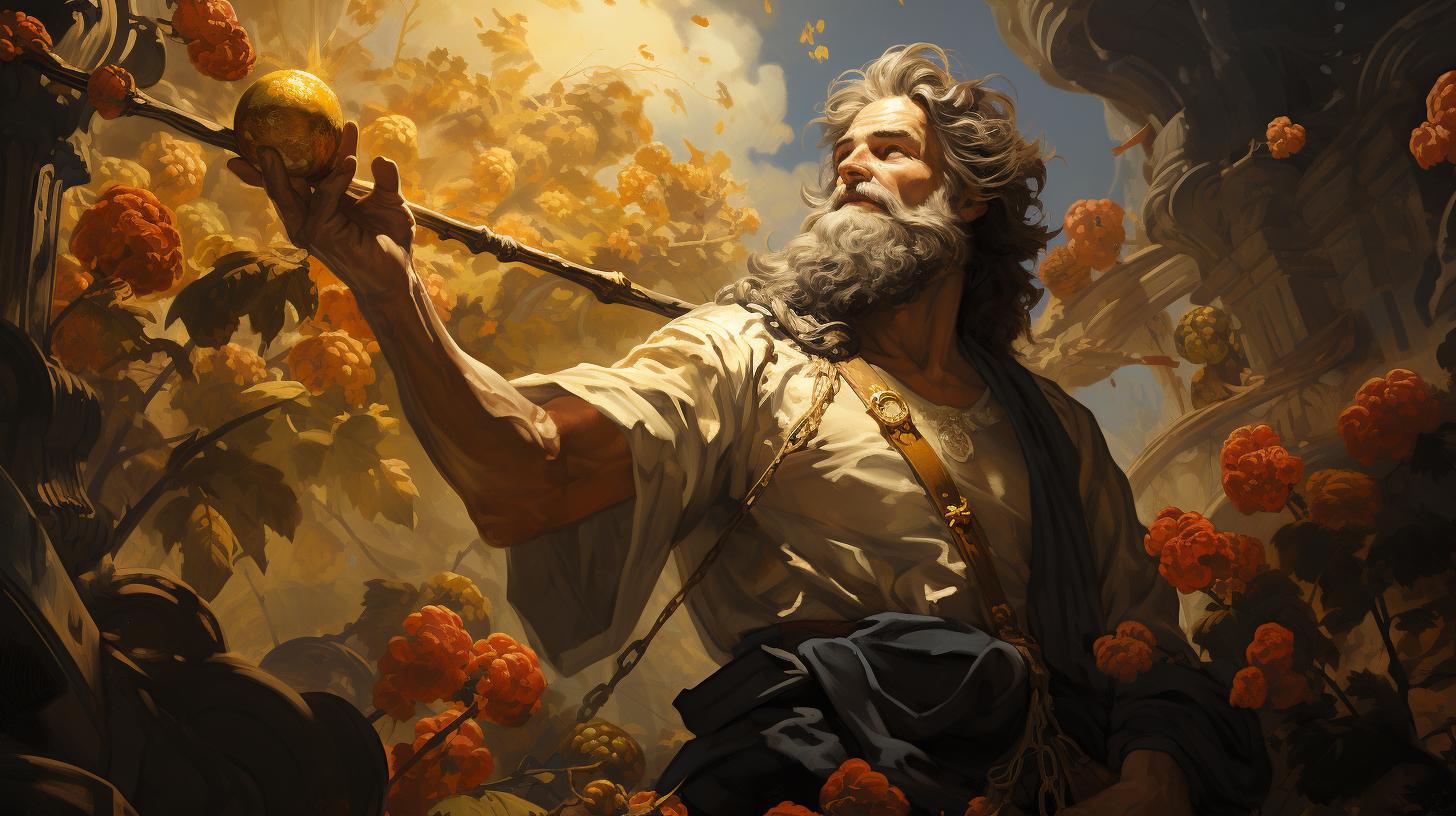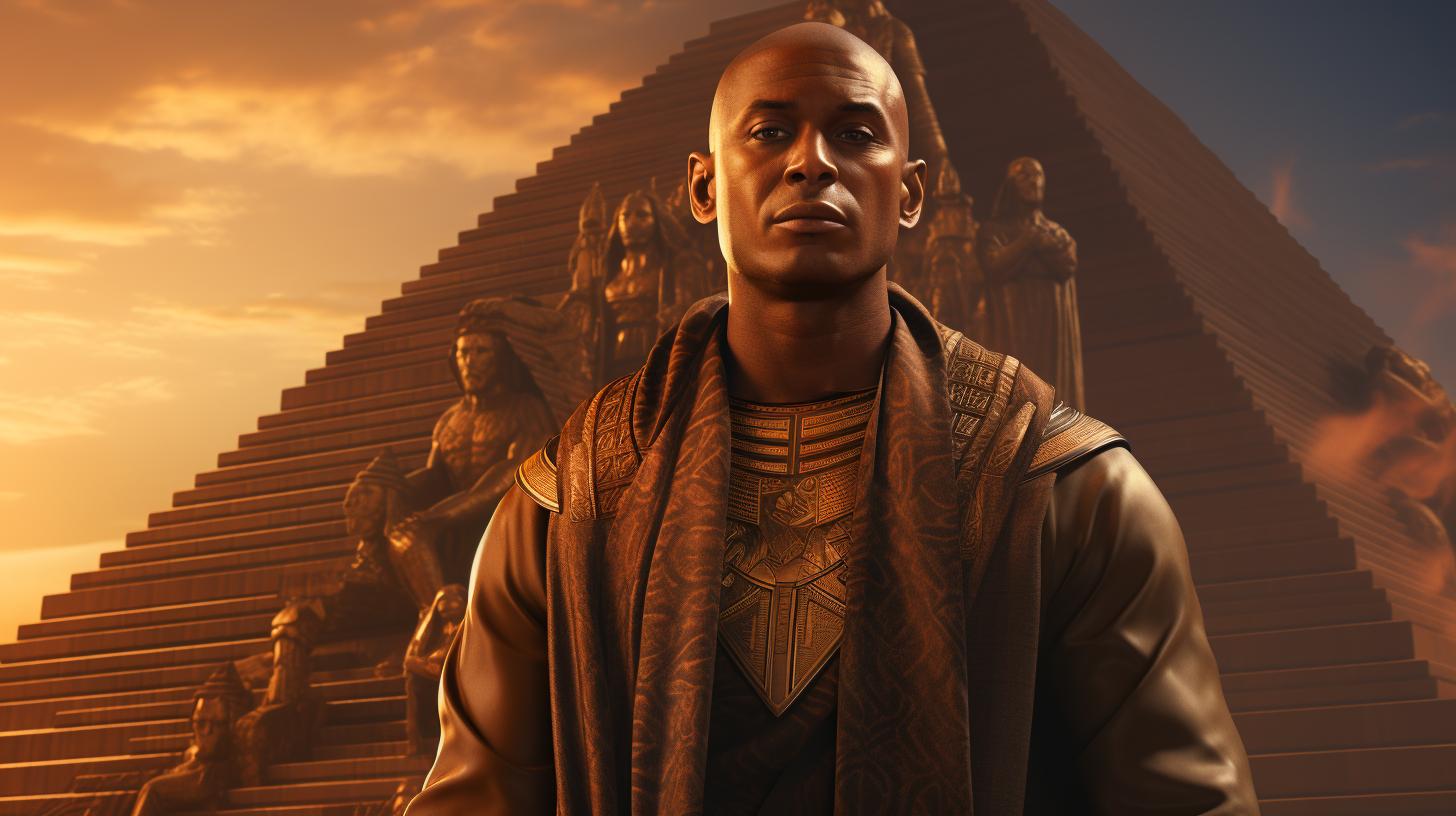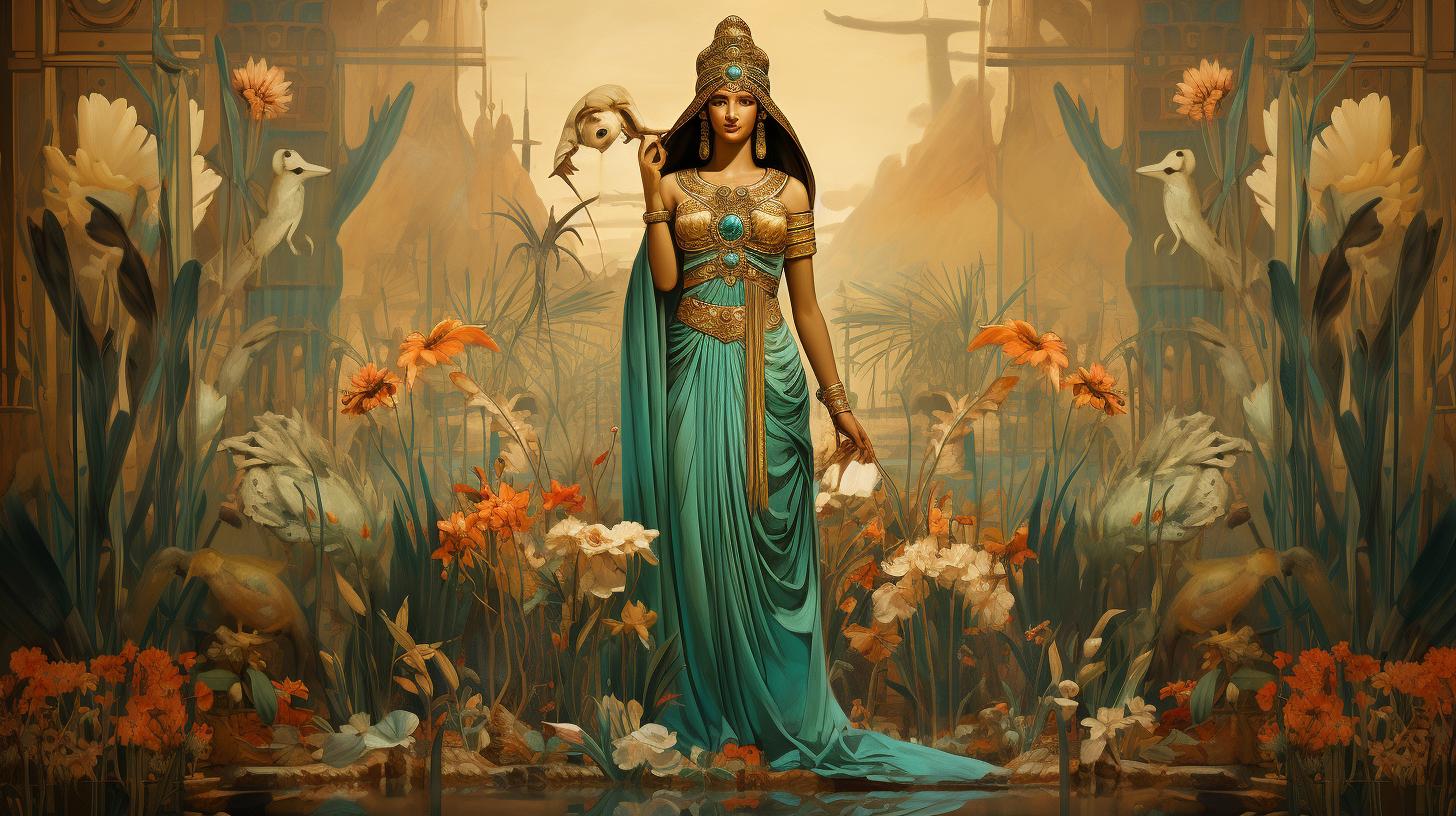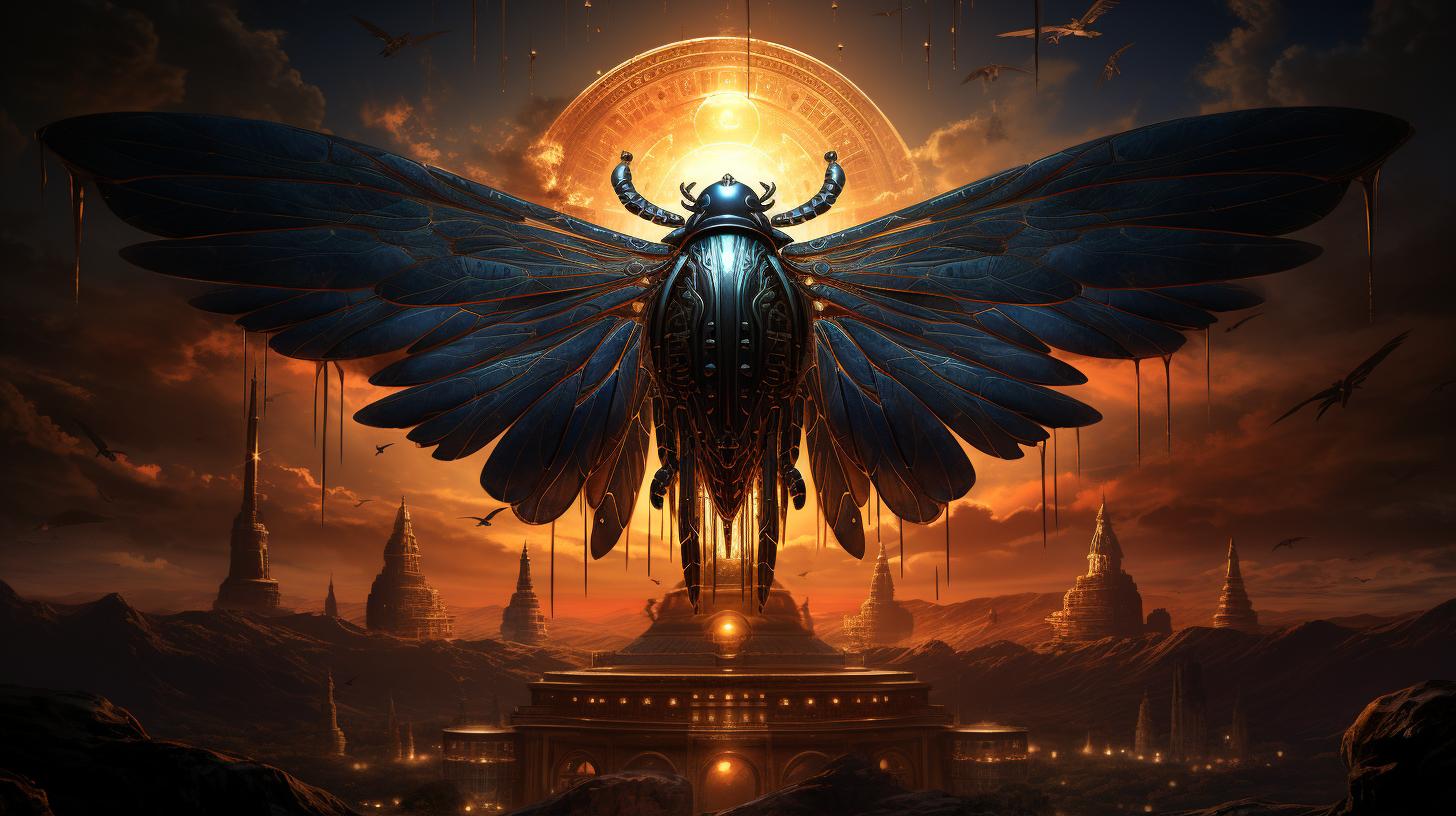Egyptian Baboon God Babi: The Fierce and Divine Ruler of the Underworld
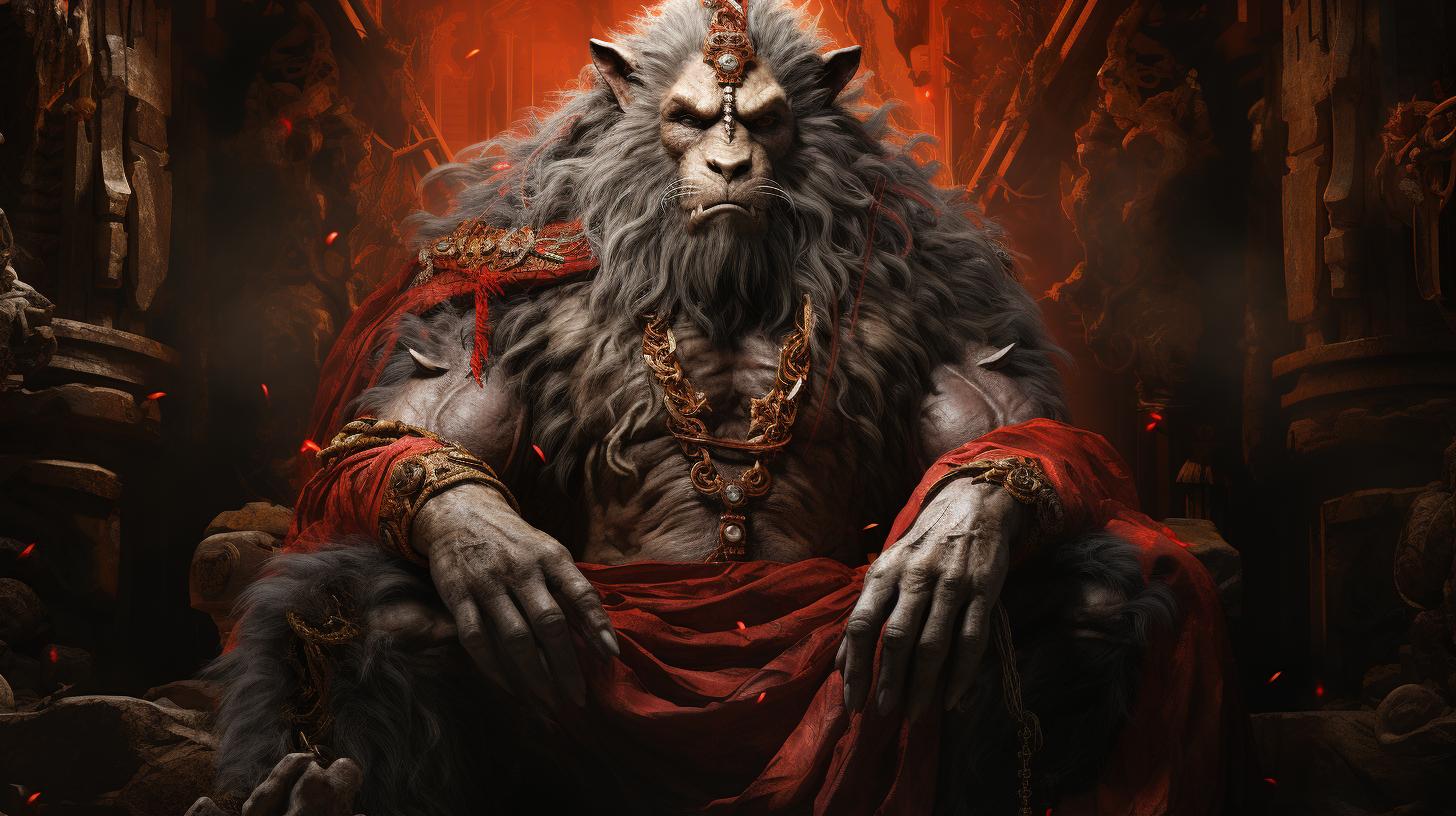
Babi, the Egyptian baboon god, held a significant role in ancient Egypt’s mythology and beliefs. Revered as a fierce deity, Babi was considered the leader of a group of animals, often referred to as the “Bull of Baboons.”
Associated with the underworld, this bloodthirsty god was believed to feed on the souls of the just near a fiery lake. Babi was both depicted as a baboon and as a humanoid figure with a baboon head, symbolizing fertility and virility through an erect phallus.
Worshipped in the city of Al Ashmunin, Babi’s worship declined with the introduction of monotheism, paving the way for a different religious landscape in Egypt.
The Origin and Role of Babi in Ancient Egypt
Babi, the Egyptian baboon god, held a significant role in the ancient Egyptian culture. He was revered as a fierce and blood-thirsty deity, symbolizing power and aggression. Let’s explore the different aspects of Babi’s origin and role in ancient Egypt.
Babi as the Fierce and Blood-Thirsty Baboon God
Babi was widely recognized as a deity associated with ferocity and a thirst for blood. In Egyptian mythology, he was depicted as a baboon with a menacing presence, representing the untamed and wild forces of nature.
His symbolism conveyed the primal instincts and aggression that were both feared and respected by the ancient Egyptians.
Babi as the Leader of Animals and the ‘Bull of Baboons’
Within the pantheon of Egyptian gods, Babi held a unique position as the leader of a group of animals, specifically known as the ‘Bull of Baboons.’ This title emphasized his authority and dominance over other baboons, highlighting his role as a powerful deity.
The ancient Egyptians believed that Babi’s leadership extended beyond baboons and encompassed all animals, portraying him as a figure of immense power and influence.
Babi’s Association with the Underworld and the Dead
One of the most intriguing aspects of Babi’s role was his association with the underworld and the realm of the dead. In Egyptian mythology, Babi was considered a deity of the afterlife, closely connected to the journey of souls in the underworld.
It was believed that Babi resided near a lake of fire, awaiting the arrival of the souls of the just. Through this association, Babi symbolized the transition from earthly existence to the realm of the deceased.
In conclusion, Babi played a crucial role in ancient Egyptian mythology, representing both the fierce and blood-thirsty nature of the baboon and the authority of a divine leader. His symbolism extended to the realms of the underworld and the afterlife, solidifying his significance in Egyptian belief systems.
Understanding Babi’s origin and role provides us with valuable insights into the complex spiritual beliefs of ancient Egypt.
Babi’s Representation and Symbolism
In ancient Egyptian culture, Babi, the baboon god, was depicted in different forms, each carrying its own symbolism and significance.
Babi as a Baboon
One representation of Babi was as a baboon, showcasing the connection to this animal and its characteristics. The baboon itself was seen as a symbol of agility and cleverness, traits that Babi embodied and was revered for.
This depiction emphasized Babi’s nature as a wild and unpredictable deity, evoking both fear and respect.
Babi as a Humanoid Figure with a Baboon Head
In some depictions, Babi was portrayed as a humanoid figure with a baboon head, combining human and animal features. This imagery highlighted the association of Babi with the human realm while also emphasizing his divine and animalistic attributes.
It served as a visual reminder of the complex and multifaceted nature of this deity, bridging the gap between the mortal and the divine.
Babi’s Symbolism of Fertility and Virility
Babi’s representation also carried strong symbolism related to fertility and virility. One prominent feature was the depiction of Babi with an erect phallus, representing his power to bring forth new life and ensure the continuation and prosperity of the afterlife.
This symbolism underscored Babi’s role as a deity associated with rebirth and the transition between life and death, with the phallus serving as a potent symbol of creation and renewal.
Babi’s Power and Influence in Egyptian Mythology
In Egyptian mythology, Babi held immense power and played a significant role in the belief system of ancient Egypt.
As the baboon god associated with the underworld, Babi was known for his cruelty and ferocity, instilling fear in the hearts of both mortals and deities.
Babi’s Cruelty and Ferocity in the Underworld
Babi was depicted as a fierce and bloodthirsty deity who fed on the souls of the unjust in the realm of the dead.
His presence near the fiery lake in the underworld symbolized his insatiable appetite for devouring the wicked. The mere mention of his name struck terror into the hearts of those who believed in his power.
Babi’s Control over Snakes and the Sea
- Babi’s dominion extended beyond his association with the underworld. He was also believed to have control over snakes, often seen as symbols of chaos and danger in Egyptian culture. It was believed that Babi could manipulate these creatures at will, reinforcing his reputation as a fearsome deity.
- Moreover, Babi was believed to have dominion over the sea, another force of nature associated with unpredictability and destructive power.
This control over such elements further emphasized Babi’s status as a formidable god with dominion over both the terrestrial and celestial realms.
Babi Compared to Seth, Another Cruel God
In Egyptian mythology, Babi shared similarities with Seth, another deity known for his cruelty and cunning nature. Both Babi and Seth represented chaos and destruction, causing unease among the Egyptian population.
However, despite their similarities, Babi was seen more as a deity associated with the underworld, while Seth had a broader influence over various aspects of Egyptian mythology.
The power and influence of Babi in Egyptian mythology cannot be understated.
His depiction as a fierce baboon god, his control over snakes and the sea, and his association with cruelty and ferocity in the underworld solidify his position as a significant and feared deity of ancient Egypt.
Worship and Rituals related to Babi
In the ancient city of Al Ashmunin, Babi, the fearsome baboon god, was revered and worshiped through various rituals and ceremonies. The people of Egypt believed in his power and sought his favor for protection and guidance in the afterlife.
Worship of Babi in Al Ashmunin City
Al Ashmunin City was a prominent center of worship for Babi. The local population held a strong belief in the deity’s ability to grant blessings and safeguard souls in the journey beyond death.
Temples dedicated to Babi served as sacred places where individuals could connect with the god and pay homage through prayer and offerings.
Offerings and Sacrifices to Babi
Devotees showed their reverence for Babi by making offerings and sacrifices at the altars of his temples. These offerings varied, including food, incense, flowers, and precious jewels. Animals, such as bulls or baboons, were sometimes sacrificed to appease the deity and gain his favor.
Changes in Babi’s Worship with the Introduction of Monotheism
The introduction of monotheism in Egypt marked a significant shift in religious beliefs, and with it came changes in the worship of Babi. As the influence of other monotheistic religions grew, the adoration of ancient Egyptian gods declined.
Babi’s once vibrant worship faded away, and fewer people practiced rituals dedicated to him.
Despite the changes brought about by monotheism, Babi’s significance in Egyptian mythology remains an important part of the cultural heritage.
The ancient rituals and practices associated with Babi’s worship provide valuable insights into the spiritual beliefs and practices of the ancient Egyptians.
Babi in Modern Culture and References
Babi, the ancient Egyptian baboon god, continues to leave a lasting impact on modern culture and has made appearances in various forms of media. Whether it is through video games or animations, Babi’s presence showcases the enduring fascination with ancient Egyptian mythology.
Representation of Babi in Video Games and Animation
In the popular video game ‘Assassin’s Creed: Valhalla’, players encounter Babi as a character linked to the Egyptian afterlife. The game beautifully captures Babi’s fierce nature, emphasizing his role as a powerful and blood-thirsty deity.
Babi has also found his way into the realm of animation. In the animated series ‘The Epic Adventures of Captain Swimers’, Babi makes an appearance as a formidable and enigmatic character.
The show creatively introduces viewers to the mysteries of ancient Egyptian mythology, with Babi as a key figure.
Babi’s Legacy and Influence in Popular Culture
Outside the realm of video games and animation, Babi’s legacy extends to other areas of popular culture. Art, literature, and even fashion have been influenced by the indomitable presence of this ancient Egyptian god.
Artists have captured the essence of Babi through sculptures, paintings, and digital artwork, showcasing his fierce countenance and vibrant symbolism. Babi’s image has become an iconic representation of both power and mystery, attracting admirers from various artistic circles.
Furthermore, Babi’s character and symbolism have found their way into literature and even fashion. Writers draw inspiration from Babi’s mythology, weaving his stories into compelling narratives that transport readers into the captivating world of ancient Egypt.
Similarly, fashion designers incorporate Babi’s iconic imagery into their creations, embracing the fusion of ancient mythology and modern aesthetics.
As the influence of Egyptian mythology continues to captivate imaginations, Babi remains a noteworthy deity whose presence continues to resonate in modern culture.
Through various forms of media, Babi keeps the flame of the ancient Egyptian belief system alive, reminding us of the enduring power and appeal of these ancient gods.
.

